Preceded by Elizabethan era Dates 24 Mar 1603 – 1 Aug 1714 | ||
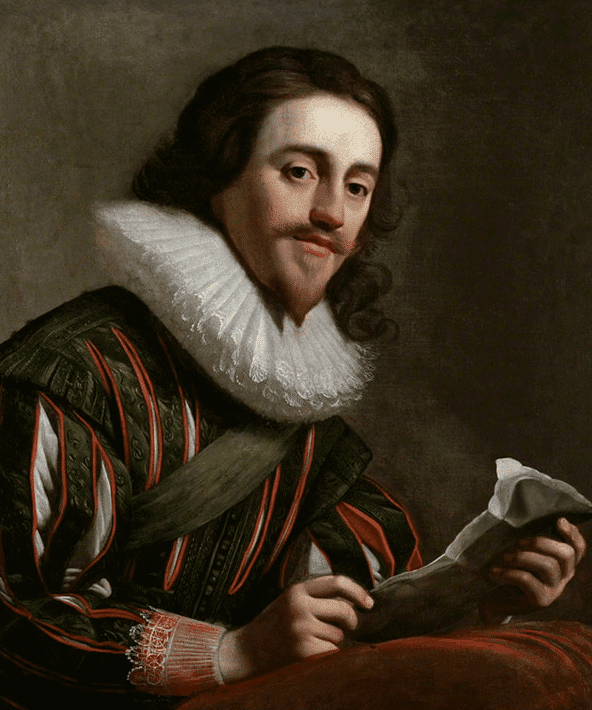 | ||
Including Jacobean eraCaroline eraEnglish Civil WarThe Protectorate or InterregnumRestoration Similar English Civil War, Wars of the Roses, Gunpowder Plot, Jacobite risings, Battle of Edgehill | ||
Why should we remember the stuart period
The Stuart period of British history usually refers to the period between 1603 and 1714 and sometimes from 1731 in Scotland. This coincides with the rule of the House of Stuart, whose first monarch of Scotland was Robert II but who during the reign of James VI of Scotland also inherited the throne of England. The period ended with the death of Queen Anne and the accession of George I from the House of Hanover. The Stuart period was plagued by internal and religious strife, and a large-scale civil war.
Contents
- Why should we remember the stuart period
- English civil war War of the Three Kingdoms
- Stuart foreign policy
- Anglo Dutch Wars
- Glorious Revolution of 1688
- Timeline
- Monarchs
- References
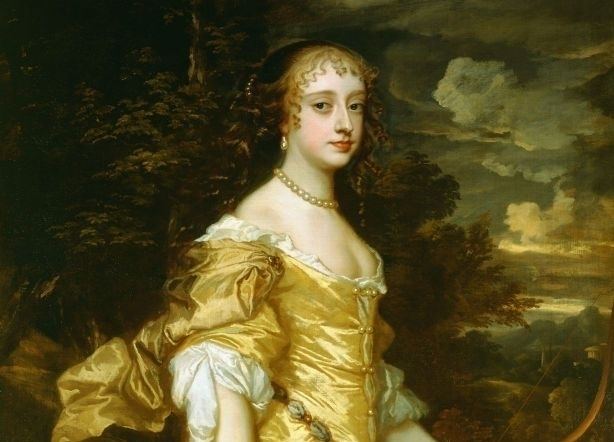
Why should we remember the stuart period
English civil war - War of the Three Kingdoms
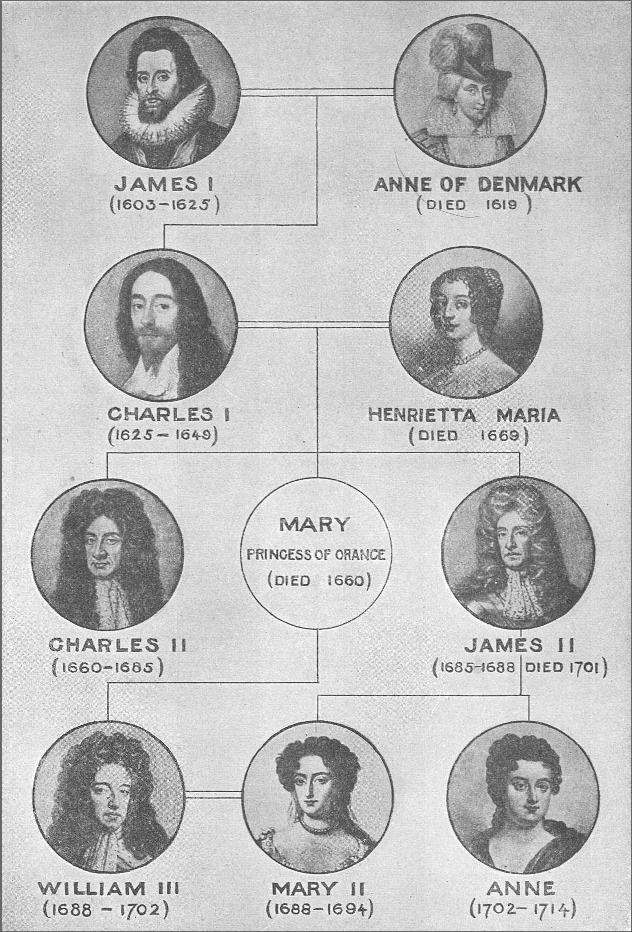
The English Civil War(s) took place during the reign of Charles I, the second Stuart monarch. The war ended in victory for the Parliamentarians. Charles was executed in 1649.
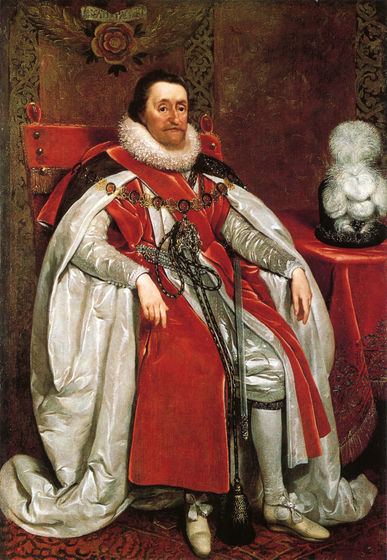
After this conflict, the line of Stuart monarchs was temporarily displaced by the Commonwealth of England. Their rule lasted from 1649 to 1660. Oliver Cromwell ruled directly from 1653 to 1658. After Cromwell's death the Commonwealth fell apart. The Convention Parliament welcomed Charles II, son of Charles I, to return from war and become king. This event was known as the English Restoration.
Stuart foreign policy
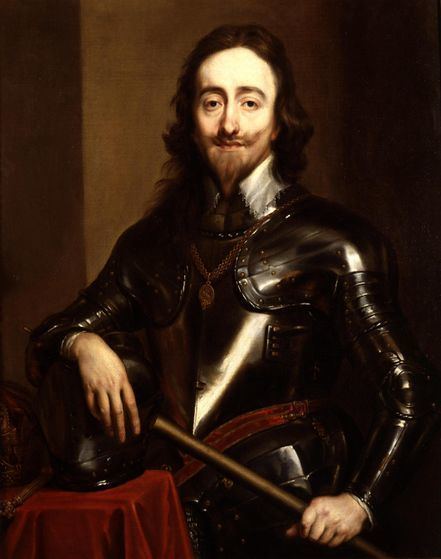
Stuart England was consumed with internal affairs. During 1600-1650 the king made repeated efforts to colonize Guiana in South America. They all failed and the lands (Surinam) were ceded to the Dutch in 1667. James I's foreign policy placed much higher priority on European affairs.
Anglo Dutch Wars
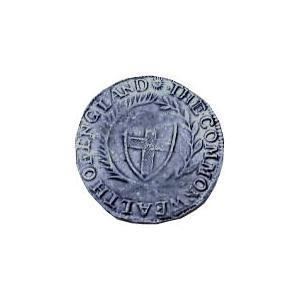
The Anglo-Dutch Wars were a series of three wars which took place between the English and the Dutch from 1652 to 1674. The causes included political disputes and increasing competition from merchant shipping. Religion was not a factor, since both sides were Protestant. The British in the first war (1652–54) had the naval advantage with larger numbers of more powerful "ships of the line" which were well suited to the naval tactics of the era. The British also captured numerous Dutch merchant ships. In the second war (1665–67) Dutch naval victories followed. This second war cost London ten times more than it had planned on, and the king sued for peace in 1667 with the Treaty of Breda. It ended the fights over "mercantilism" (that is, the use of force to protect and expand national trade, industry, and shipping.) Meanwhile, the French were building up fleets that threatened both the Netherlands and Great Britain. In third war (1672–74), The British counted on a new alliance with France but the outnumbered Dutch outsailed both of them, and King Charles II ran short of money and political support. The Dutch gained domination of sea trading routes until 1713. The British gained the thriving colony of New Netherland, and renamed it New York.
Glorious Revolution of 1688
Historians have long regarded the overthrow of King James II in 1688 as a decisive break in English history, especially as it made Parliament supreme over the King. Pincus argues that this revolution was the first modern revolution; it was violent, popular, and divisive. He rejects older theories to the effect that it was an aristocratic coup or a Dutch invasion. Instead, Pincus argues it was a widely supported and decisive rejection of James II. The people could not tolerate James any longer. He was too close to the French throne; he was too Roman Catholic; they distrusted his absolutist modernisation of the state. What they got instead was the vision of William of Orange, shared by most leading Englishmen, that emphasized consent of all the elites, religious toleration of all Protestant sects, free debate in Parliament and aggressive promotion of commerce. Pincus sees a dramatic transformation that reshaped religion, political economy, foreign policy and even the nature of the English state.
Timeline
Monarchs
The House of Stuart produced six English monarchs who ruled during this period.
The early Stuarts.
The late Stuarts.
